
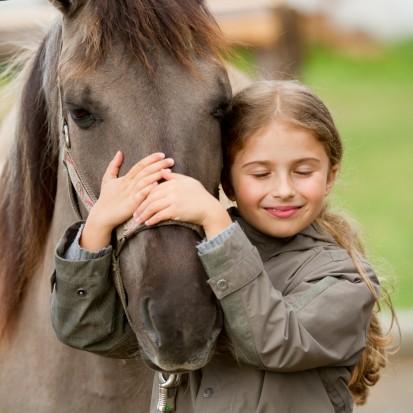
If your child is a reasonably competent rider and shows the kind of commitment that indicates that they are ready and willing to take care of a pony of their own, you may be ready to start shopping around for your child’s first pony. Knowing where to start can be a challenge, even for parents that themselves are keen riders and knowledgeable about horses; after all, buying a horse or pony of any size is expensive, and requires a significant commitment of time and money to be made for their ongoing care. Not only this, but the safety and happiness of your child depends on you making the right choice; and can make all of the difference to how much they continue to enjoy riding, and if they stick with it for the long term as a teenager and later an adult.
There is no simple answer to this question! They should be reasonably competent as a rider, and able to ride unsupervised, even if they never have to do so. They should also be fairly experienced in other aspects of pony care and stable management, and have a good understanding of what it takes to look after the day to day needs of a pony. It is also important that they have had a significant amount of time to prove their commitment and enthusiasm to caring for a pony in the long term, regardless of the weather. Even if you are yourself an experienced rider, you should also work closely with your child’s riding instructor to ascertain when your child is ready for their first pony.
One factor that can make choosing an appropriate mount for a child more difficult is the fact that children grow larger year on year! A pony that is the perfect size for your child now may well become too small in a year or so, and most parents would rather avoid spending a significant amount of time searching for a pony, only to have to consider selling it after a year when the child outgrows it! That being said, it is vitally important not to pick a pony that is much too large for your child, and it may be difficult to handle or transmit ridden aids to effectively.
Try to consider a pony that will be a suitable size for your child for at least two to three years, but don’t be tempted to go for something too large!
Again, finding the perfect age for a ridden horse or pony can be a pain; the older a horse or pony gets, the lower their resale value will be, but also, the older they get, the more experienced and well schooled they should generally become. For a first pony, it would generally be unwise to consider a mount that is under five or six years old, unless the pony in question is unusually calm, laid back and well schooled. Veterans of over twelve years may be the perfect pick if you are intending to keep the pony for life and look after them into retirement, and may well be viable as a riding pony well into their late teens and even older! However, if you intend to later sell the pony on and buy something larger for your growing child, a pony aged between six and twelve years old is generally considered to be the optimum age range to tick all of the boxes.
Understandably, when choosing a first pony you will want to pick one that is safe, calm, bombproof and reliable. However, if your child is a keen show jumper, enjoys gymkhana games or Pony Club events or enjoys riding fast with lots of variety, a quiet, sedentary hacking pony may soon bore them. If your choice of pony means that your child will not be able to keep up with the activities that their friends perform with their ponies or that they are unable to join in with ridden activities that they enjoy, they will soon become frustrated and less keen to ride.
Try to strike a happy medium; choose a pony that is either experienced in the kind of activities that your child enjoys, or shows enough potential to grow with them. Buying an all-singing, all dancing high-level competition pony for a first time young owner is not recommended, however. If your child’s standard of riding is not yet up to handling them or they are rather over faced by their mount, again, they run the risk of losing their joy in riding, and possibly even becoming frightened of their mount and risking injury.
The provision you make for your child’s pony’s accommodation is another consideration. If you intend to keep them out to grass for as much of the year as possible and want to avoid costly and time consuming stabling, then you should direct your search towards some of the hardy native breeds, and avoid more delicate breeds and cross breeds that do not weather the British winters very well. It is a good idea to make provision for where you will be keeping the pony before you even start shopping around, as this can have an impact on your final choice of pony.
Obviously, ensuring that child and pony get on and work well together is important, and you or your child’s riding instructor will need to see your child riding your potential purchase at least twice to be able to make this call. However, where a potential pony is at stake, many children are apt to want all of them, and say ‘yes’ to the first pony they try, even if deep down they know that it is not actually ideal.
Try to make your initial viewing without your child present, so that you can rule out completely unsuitable ponies before it gets that far. If your child is used to riding lots of different ponies and would not find it odd to be told that someone has offered them a ride, you might even want to get your child to ride the pony for sale without actually telling them that this pony might be their new future mount! By doing this, you will be able to gauge your child’s true feelings about the pony and get their honest opinion of it, without your child feeling pressured to make a choice or trying really hard to make a fit that isn’t perfect work out.
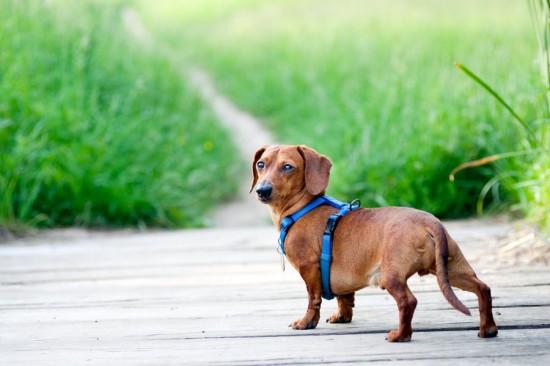 Collars, Harnesses And Leads - What Do You Need For Your Dog
Collars, Harnesses And Leads - What Do You Need For Your Dog
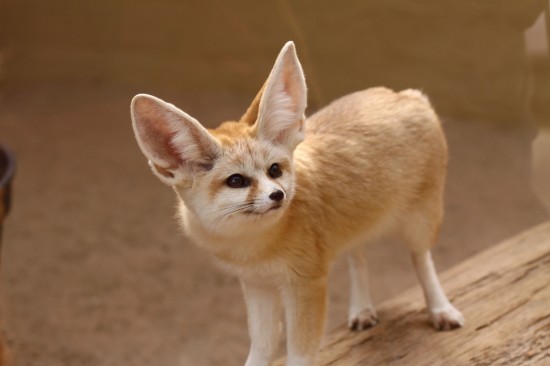 Can You Keep A Fennec Fox In The Uk As A Pet?
Can You Keep A Fennec Fox In The Uk As A Pet?
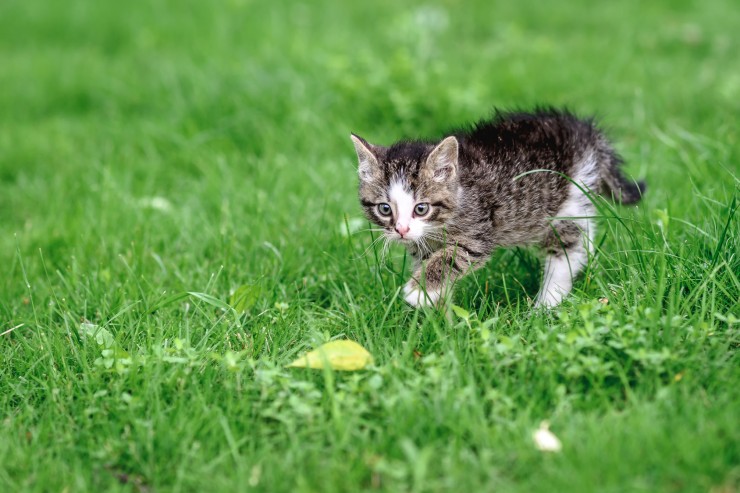 Some Frequently Asked Questions About Cats And Hunting Behaviour
Some Frequently Asked Questions About Cats And Hunting Behaviour
 Head To Northern Ireland For A Well Earned Break With Your Dog
Head To Northern Ireland For A Well Earned Break With Your Dog
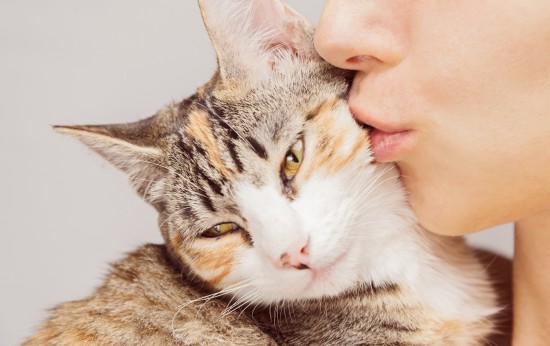 What Do Cats Really Think About People?
What Do Cats Really Think About People?
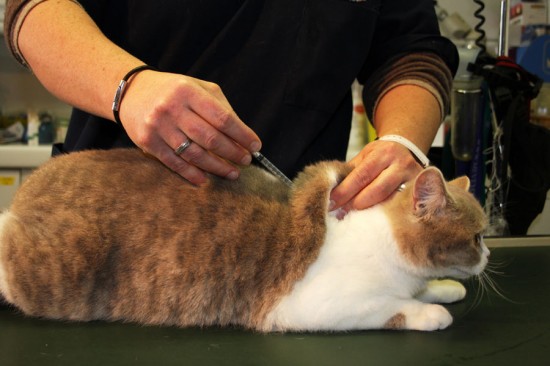 The Importance Of Vaccinating Your Cat
The Importance Of Vaccinating Your Cat
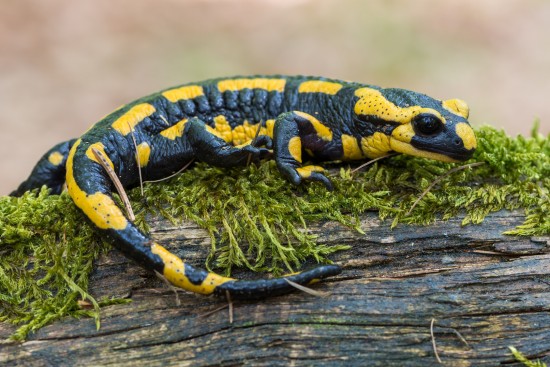 Geckos And Salamanders - Their Similarities And Differences
Geckos And Salama
Geckos And Salamanders - Their Similarities And Differences
Geckos And Salama
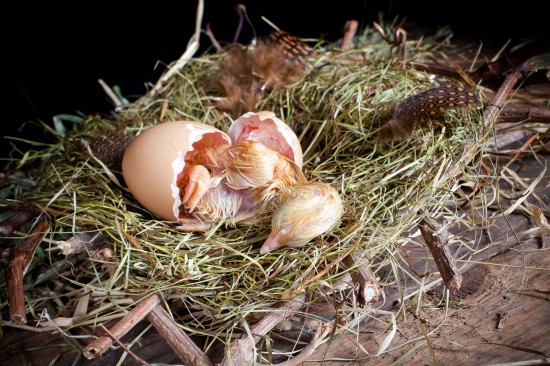 Omphalitis - A Condition That Affects Chicks
Omphalitis - A Co
Omphalitis - A Condition That Affects Chicks
Omphalitis - A Co
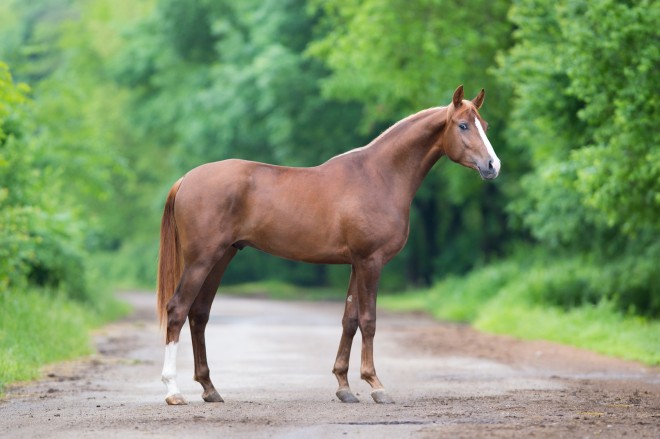 How To Assess The Conformation Of A Horse
How To Assess The
How To Assess The Conformation Of A Horse
How To Assess The
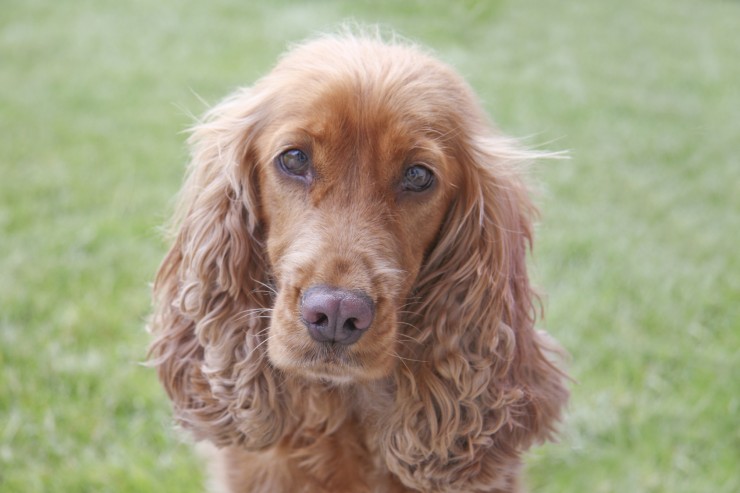 Dog Breeds Most At Risk Of Developing Cherry Eye
Dog Breeds Most A
Dog Breeds Most At Risk Of Developing Cherry Eye
Dog Breeds Most A
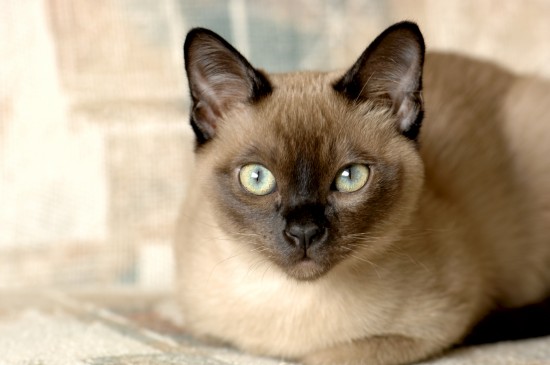 The Tonkinese Cat Breed
The Tonkinese Cat
The Tonkinese Cat Breed
The Tonkinese Cat
Copyright © 2005-2016 Pet Information All Rights Reserved
Contact us: www162date@outlook.com